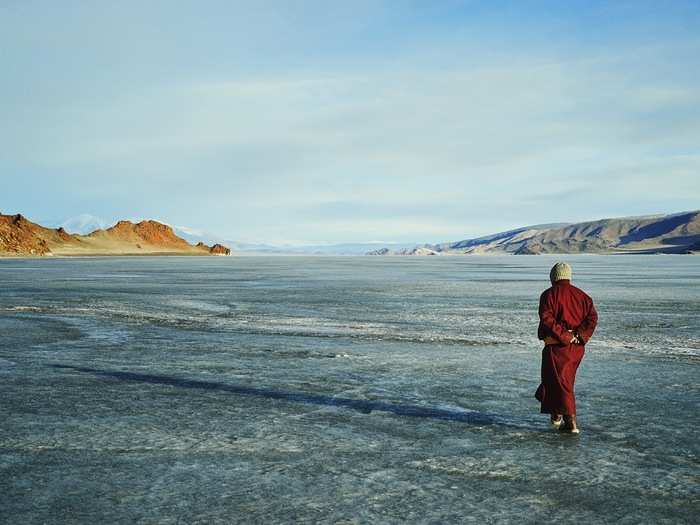











!["There is always bedding and an extra meal [in Mongolian homes] in case a traveler" needs shelter, Lagrange said. "They come for the night ... new connections and friendships are created. That's how the web of the country has been built." Travelers are sometimes the only way news travels. "There is always bedding and an extra meal [in Mongolian homes] in case a traveler" needs shelter, Lagrange said. "They come for the night ... new connections and friendships are created. That's how the web of the country has been built." Travelers are sometimes the only way news travels.](/thumb/msid-60085318,width-700,height-525/60085318.jpg)


























 Colon cancer rates are rising in young people. If you have two symptoms you should get a colonoscopy, a GI oncologist says.
Colon cancer rates are rising in young people. If you have two symptoms you should get a colonoscopy, a GI oncologist says. I spent $2,000 for 7 nights in a 179-square-foot room on one of the world's largest cruise ships. Take a look inside my cabin.
I spent $2,000 for 7 nights in a 179-square-foot room on one of the world's largest cruise ships. Take a look inside my cabin. An Ambani disruption in OTT: At just ₹1 per day, you can now enjoy ad-free content on JioCinema
An Ambani disruption in OTT: At just ₹1 per day, you can now enjoy ad-free content on JioCinema Sustainable Waste Disposal
Sustainable Waste Disposal
 RBI announces auction sale of Govt. securities of ₹32,000 crore
RBI announces auction sale of Govt. securities of ₹32,000 crore
 Catan adds climate change to the latest edition of the world-famous board game
Catan adds climate change to the latest edition of the world-famous board game

Copyright © 2024. Times Internet Limited. All rights reserved.For reprint rights. Times Syndication Service.